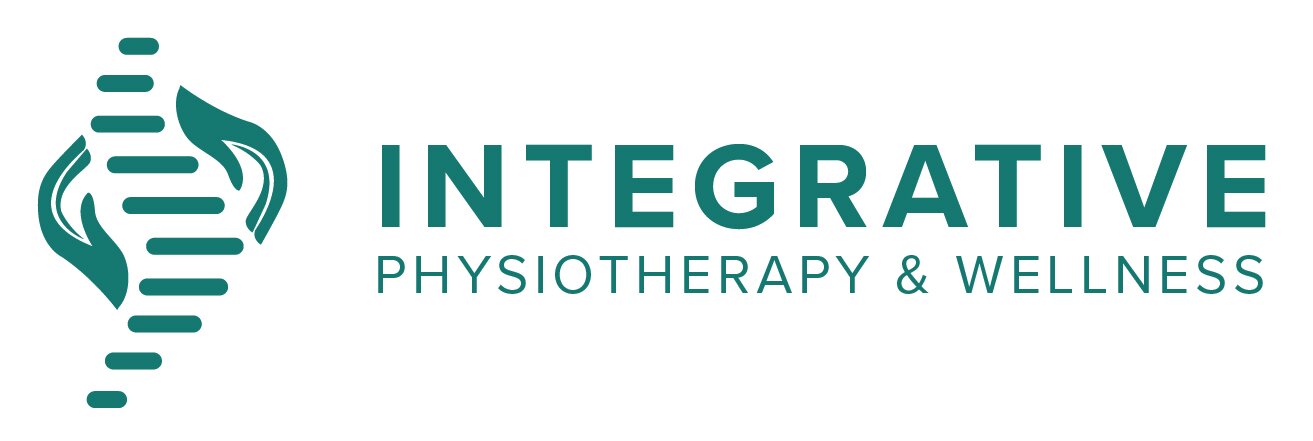Whiplash: An Overview and Physiotherapy Approach
What Is Whiplash?
Whiplash, also known as Whiplash Associated Disorder (WAD), refers to the mechanism of injury caused by a sudden acceleration-deceleration movement of the neck, often experienced during motor vehicle accidents, sporting activities, or falls. The term describes the injury mechanism rather than specific symptoms, as structural damage may or may not be present. Whiplash injuries primarily affect the soft tissues of the neck, including ligaments, tendons, muscles, discs, and small joints in the spine.
While many people recover within a few weeks, a small percentage may experience long-term symptoms that persist for months. More severe cases can involve fractures or nerve injuries, though these are relatively uncommon.
Causes of Whiplash
Whiplash typically results from a sudden, forceful jerking motion of the neck, causing injury to the muscles, ligaments, tendons, and discs. It is most commonly seen in non-catastrophic motor vehicle accidents, where the head is violently thrown forward and backward. However, other incidents like sports injuries and falls can also cause whiplash.
Symptoms of Whiplash
The symptoms of whiplash can vary, but often include:
Neck Pain and Stiffness: These are the most common symptoms, with pain varying from mild to severe.
Headaches: Often radiate from the base of the skull.
Restricted Neck Movement: Difficulty turning the head or looking up can be painful and limiting.
Pain in the Shoulders and Arms: Pain may extend to the shoulder blade or arm, occasionally accompanied by numbness or tingling.
Dizziness and Fatigue: Some patients experience dizziness or general tiredness.
The severity of these symptoms differs based on the extent of the injury and the individual’s response to the trauma.
Prognosis and Recovery
Whiplash recovery is unpredictable and can vary widely between individuals. While many cases resolve within weeks, some may progress to chronic conditions with long-lasting pain and disability. Early intervention plays a crucial role in promoting recovery, preventing chronic symptoms, and restoring function.
How Physiotherapy Can Help Whiplash Injuries
Physiotherapy is a key component in the early intervention of whiplash injuries. Research shows that early movement and treatment significantly improve recovery outcomes. Resting for extended periods can lead to increased stiffness, muscle weakness, and prolonged recovery times.
Physiotherapists use a combination of techniques to promote recovery and restore function:
Education:
Patients are educated on proper posture and positioning to minimize pain and promote healing. This helps manage the discomfort associated with daily activities like driving, working at a computer, or sleeping.Specific Exercises:
A tailored exercise program is designed to reduce pain, improve mobility, and strengthen the neck and surrounding muscles. These exercises help restore the neck's range of motion and improve stability.Manual Therapy:
Techniques such as joint mobilization and manipulation help reduce pain and restore mobility. This hands-on approach addresses stiffness and improves function in the neck's soft tissues and joints.Modalities for Pain Relief:
Treatments like acupuncture, heat, or cold therapy may be used to provide temporary relief from pain, especially in the acute stages of whiplash.Rehabilitation Programs:
Gradually, the physiotherapist will introduce a rehabilitation program aimed at safely preparing the patient to return to normal activities, whether that’s daily routines, work, or sports.
What to Expect During Physiotherapy
During the initial assessment, the physiotherapist will:
Ask detailed questions about the injury and observe neck posture, movement, and pain patterns.
Screen for any serious injuries that require medical follow-up.
Perform physical tests to assess range of motion, muscle strength, and nerve function.
Develop a personalized treatment plan based on the severity of the injury and the time since the accident.
The goal of physiotherapy is to improve function, reduce pain, and help the patient return to their normal activities as quickly and safely as possible.
Written By:
Preya Ramdass, PT, B.M.R. (PT), Dip. Manip. (PT), FCAMPT, CIDN
Registered Physiotherapist & Clinic Owner. Acupuncture & Dry Needling Provider. Clinical Pilates Instructor.
References:
Shanthanna, H. (2019). Whiplash Injury and Chronic Pain. Retrieved from Apple Books.
Whiplash Associated Disorders. (n.d.). Retrieved from Physio-Pedia.
Orthopaedic Division, Canadian Physiotherapy Association. Orthopaedic Theory Manual.
Integrative Physiotherapy is a clinic in Barrie that takes a patient-centred approach, offering personalized, one-on-one care with a focus on hands-on (manual) therapy. Our mission is to empower patients by delivering high-quality, tailored treatments in a friendly and engaging environment. We use the most effective treatment techniques to ensure every patient feels supported, motivated, and cared for.
Our therapists are dedicated to ongoing skill development, providing thorough assessments and individualized treatments without the use of assistants or double-booking. This ensures you receive focused attention to reach your functional and sports goals as efficiently as possible.
We're here to help you achieve your goals! Contact us today to book an appointment—don’t let pain hold you back!

